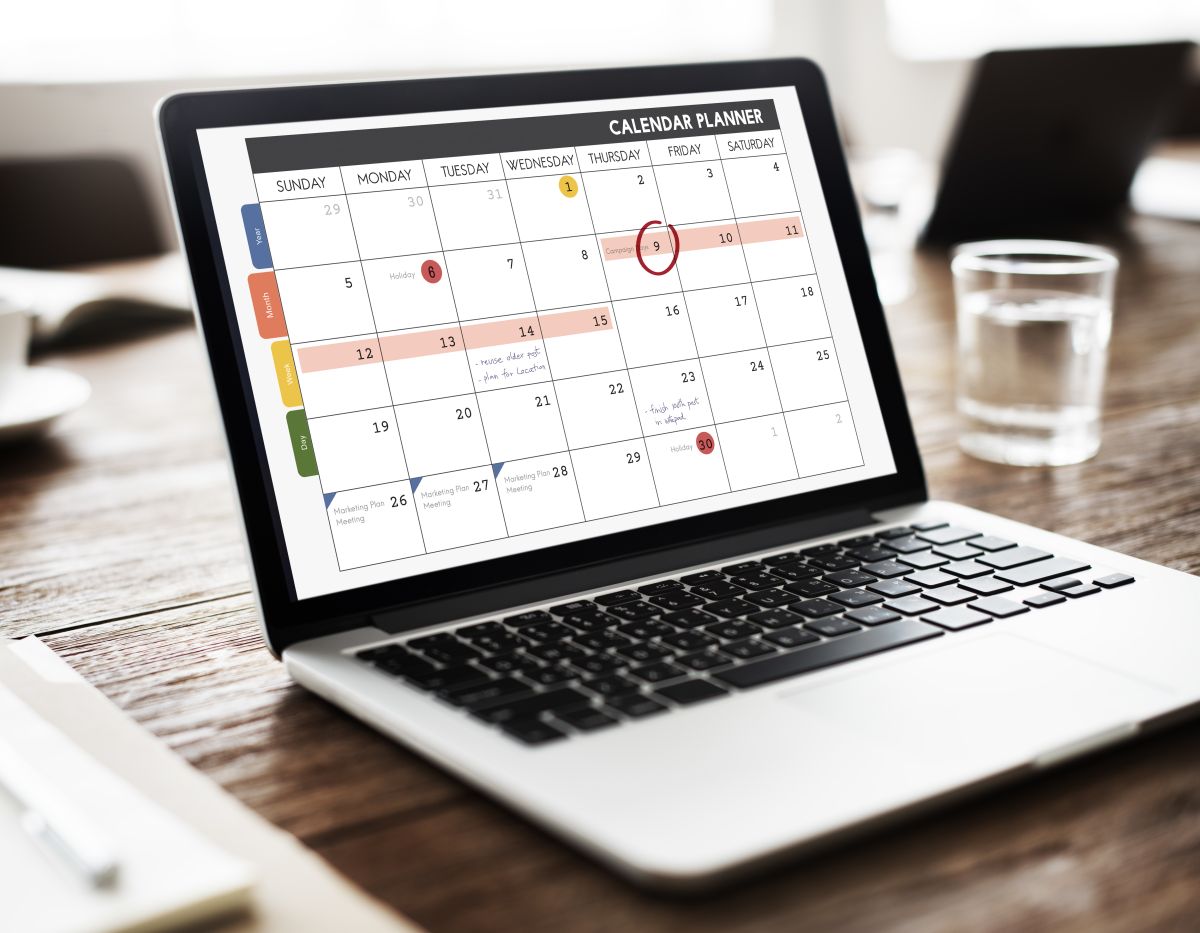If you have forgotten creative ideas and your website content is not following a consistent order, then a content calendar helps you schedule tasks efficiently. It plays a significant role in your content strategy and directly influences the audience in terms of visibility and engagement. The content calendar keeps you on track, saves time, and ensures you work in alignment with your marketing targets.
This blog demonstrates why a content calendar is important and how to create one that is effective and manageable.
What Is a Content Calendar?
A “content calendar,” also known as an editorial calendar or marketing calendar, describes a way to organize, plan, and deliver content on various channels/social media platforms. This calendar outlines what you are going to create and the time and platform of publication.
Why Does a Content Calendar Matter?
If you are a content creator, business owner, or marketer, a content calendar plays a significant role. It is because the calendar determines how you plan, release, and promote content. Discover why it boosts your content strategy:
1. Consistency Builds Trust
In this fast world, outdated and repeated content gets ignored. So, the content needs to be updated regularly and must be relevant. The calendar works as a reminder to keep the task schedule. In this way, your audience can interact with new posts, trust you, and turn into loyal supporters.
2. Saves Time and Enhances Productivity
If you are fighting at the eleventh hour, trying to come up with new ideas, then your content quality will suffer. The content calendar minimizes content bottlenecks and provides you with increased time to focus on creativity.
3. Improves Collaboration
In case you are working independently or in a team, a calendar brings transparency. Social media managers, authors, and designers plan their work and organize it to avoid misunderstandings.
4. Aligns with Marketing Goals
Your calendar enables you to attach content to campaigns, products, or seasonal events. Such alignment is aimed at maximum impact.
5. Optimizes SEO Strategy
The SEO strategy enables you to research keywords, avoid duplication, and get higher search positions. Planning makes all the posts purposeful in terms of SEO.

How to Build a Content Calendar
Building a calendar for social media posts, videos, blogs, newsletters, or podcasts benefits you. Discover the step-by-step procedure:
Step 1: Understand Your Content Goals
Are you looking to build a social media presence, enhance website traffic, or boost sales? Your goals will determine the content type that needs to be created.
Step 2: Discover Your Audience’s Interest
To find out what people are interested in, a particular niche, or when they are most active. Tools such as Google Analytics, social media insights, or surveys will assist you.
Step 3: Select the Particular Platform
Pick the right platform, such as Instagram, Facebook, TikTok, or Threads, that you consider important to your audience. For instance, blogging on LinkedIn for B2B communication or using Instagram for visual storytelling.
Step 4: Brainstorm Content Ideas
Without a clear plan, your content may never reach the right audience. Therefore, make a list of blog posts, video posts, reels, carousel posts, and stories. Then, identify low-competition and high-volume keywords with the help of the keyword research tool so that you can have a chance of ranking higher in search engines.
Step 5: Pick a Format for Your Calendar
You can build your calendar using:
- Dedicated Calendar Tools: CoSchedule or Notion.
- Project Management Tools: Trello, Asana, or Monday.com.
- Google Sheets/Excel: Simple and customizable.
Step 6: Set a Publishing Schedule
Making a suitable schedule for posting is a good practice to grow the online presence in the digital world. For example, one blog a week and three posts on social media may be manageable.
Step 7: Assign Deadlines and Roles
If you are in a team and considering different roles, who writes, designs graphics, and uploads? The deadlines will make everybody responsible.
Step 8: Track and Update Strategy
If one of your blogs is generating traffic, generate additional ones on the same topic. If a few of your posts fail, change your strategy.
Types of Content Calendars
Your calendar should be simple, adjustable, and give way to your achievement in marketing. There are different formats based on your goals:
- Social Media Calendar: Plan Instagram, Twitter, LinkedIn, and TikTok ads.
- Blog Calendar: Plan the articles according to keywords, themes, or industry trends.
- Email Marketing Calendar: Synchronize news with promotions or seasonal trends.
- Cross-Platform Calendar: Blogs, emails, and social content.

Tips for Making Your Content Calendar Work
Having a purpose, knowing your audience, and pre-planning content will enable you to do better posts. Some of the important tips:
- Plan Monthly, Review Weekly: Maintain the calendar to be flexible to meet the trends and news.
- Color-Code by Platform: Makes the calendar easier to visualize different content types.
- Include Keywords: Add keywords to the calendar that writers are to use.
Conclusion
A content calendar is not a timetable but a roadmap for an effective content strategy. It allows you to be systematic, save time, and do whatever you want. A clear aim, understanding your audience, and pre-planned content will help you make better posts. This will simplify the achievement of your business objectives. By following the above steps, you will manage to develop the calendar that will allow you to simplify your operations, improve the search engine, and keep the interest of your audience.





